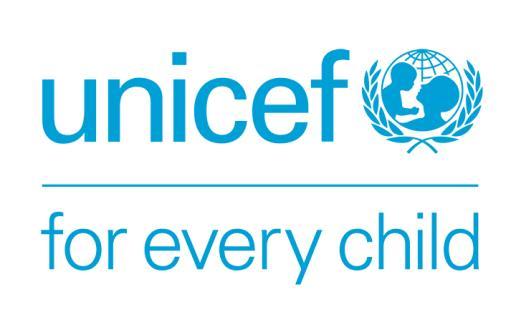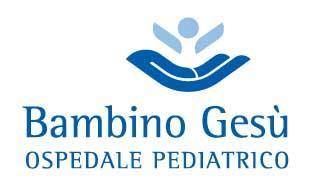The project is being implemented with the support of UNICEF Ukraine and with financial support from the Government of Norway.
Implemented by: Partner:





The project is being implemented with the support of UNICEF Ukraine and with financial support from the Government of Norway.
Implemented by: Partner:




A personalized and inclusive approach


It is a fundamental document for collecting all the necessary information to ensure an appropriate, safe, and personalized reception for the child, as well as to facilitate the intervention of professionals involved in their care. Below is an example of a structure for a reception form, which can be adapted according to the specific needs of the healthcare or educational context.


Objective of the form: to ensure a reception that takes into account the specific needs of the child in risk of or with a disability.
Provide a safe, welcoming, and inclusive environment that meets the specific needs of the child and their family.
Every child has unique needs.


•Personalized Assistance: Develop a specific reception plan for each child, including educational and therapeutic strategies.
•Collaboration with the Family: Establish an open and continuous communication channel with parents to ensure the best possible management of the child's needs.
•Continuous Monitoring: Ensure that the reception plan is adapted according to changes in the child's needs.
• Information Collection: Gather essential information for appropriate care (personal data, diagnosis, ongoing therapies, etc.).


Patient Identification Label
• Allergies: _____
Central Venous Access:
• PICC Line
• CVC: Type: _____ ; Placed on: _____ ; Last dressing change: _____
• Port-a-Cath / Power Port
• Notes:
Peripheral Venous Access:
• Gauge: _____ ; Placed on: _____
Feeding:
• Oral:
• · Enteral Nutrition: Administration route: PEG, PEJ, NGT
Parenteral Nutrition

Respiration:
• -Tracheostomy (CET): Type: _____ ; Placed on: _____ Last replacement: _____
• Mechanical Ventilation: Mode: _____
Neurological Information: Relevant Issues:
• Shunt: VP, VA ; Type: _____ ; Calibration: _____ cmH₂O
• Surgical Wound Care and Disinfection: _____ ; Next Dressing Change: _____
• Surgical Shampoo: Yes / No
Bowel and Urinary Elimination: Relevant Issues
• Last Bowel Movement: _____
• Intestinal Stoma: Yes / No
• Urinary Stoma: Yes / No
• Bladder Catheter: Placed on: _____


· ICD (Implantable Cardioverter Defibrillator)
· PMK (Pacemaker)
Skin Lesions: Present /Absent
· Location: _____ ; Stage: _____ ;
Next Dressing Date: _____
· Dressing: _____ ; Frequency: _____
· Notes:
· Location: _____ ; Stage: _____ ;
Next Dressing Date: _____
· Dressing: _____ ; Frequency: _____


The importance of constant and personalized support that accompanies the child and their family throughout their journey. The synergy between all involved parties is essential for the success of inclusion and care.

